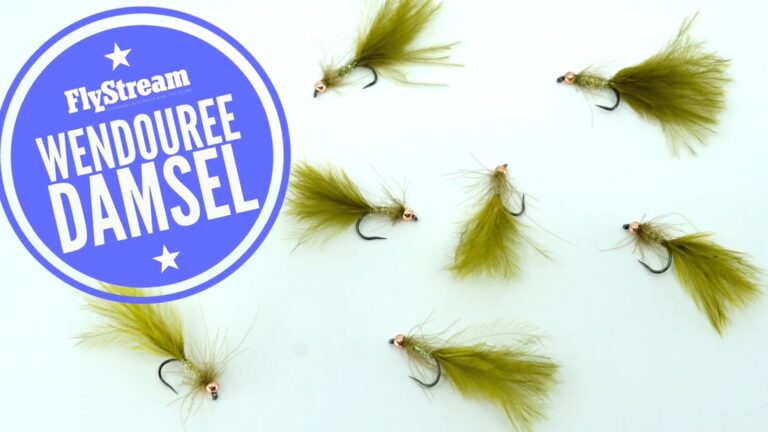Hackle Stacker Emerger Adams – Paraloop
From Utah’s Fly Corner
The hackle stacker is great dry fly pattern. It was devised by Bob Quigley. The fly utilizes a paraloop technique by winding the hackle around a post and then pulling them over the top of thorax. The pattern can be a bit of a bitch to tie at first but once you do a couple you will have it down.[...]







